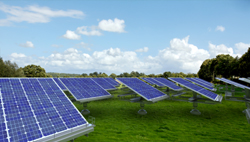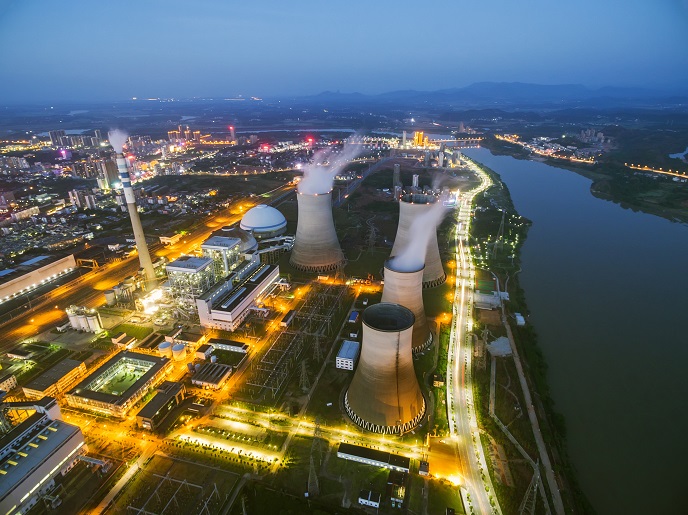An innovative PV concentration concept
In recent years it has become clear that environmental pollution caused by releases into the atmosphere of greenhouse gases has no regard for frontiers. Furthermore, the phenomena of ozone depletion and atmospheric warming have begun to undermine public confidence in the ability of current efforts to control and remedy their effects. With the protection of the environment and security of energy supply being the main driving forces, the contribution of renewable energy sources to electricity production is steadily increasing. The aim of the CAC project was to make solar electricity affordable by developing photovoltaic (PV) systems that will cost only 3€ per Wp (Watts peak). Reaching this goal will lead to a much wider use of solar electricity throughout Europe in the near future. Research work under the coordination of the Spanish company Solúcar Energía S.A. led to the development of a cylindrical-parabolic reflector, concentrating sunlight over photovoltaic cells. The most innovative component of this concentrating photovoltaic system is that sensitive elements such as photovoltaic cells and reflectors are enclosed in a sealed box that protects them from atmospheric corrosion. More specifically, the inner atmosphere of the protective box, made of low absorption glass, was treated to minimise aggressive gases responsible for the fast degradation of standard monocrystalline silicon cells. Furthermore, a passive heat sink element was incorporated to evacuate remaining heat to the outside. As reflectors' silvered or aluminised layers are highly susceptible to humidity penetration, the protective box is provided with an active humidity regulatory element. Creation and maintenance of a controlled atmosphere within the concentration system had never before been applied in photovoltaic systems. Moreover, the new concentrator technology leaves the door open for future integration of more efficient photovoltaic cells, helping to reduce manufacturing costs. The ultimate challenge for the system's developers would be to prepare the technology for market penetration.







